8605.16C
? LDD Output Current Range: 0-500 mA
? Typical TEC Output Power: 8 W
? 4.0 Vcomp Compatible
Features:
?Complete System Controller for 8 or 16 Channel Applications
?EDFA Pumping or DWDM Signal Sources
?Outputs Configured for Either Floating or Common Anode Type LD Package Styles
?IEEE-488 (GPIB) and RS-232C Interfaces
The Models 8008, 8016, 9008 and 9016 Modular Controllers expand on Newport's modular laser diode controller concept to meet the higher channel densities found in Dense WDM (DWDM) applications and 2-D VCSEL arrays where all the lasers have similar electrical configurations. The eight or sixteen bays accept an array of LDD, TEC, and LDD/TEC combo modules.
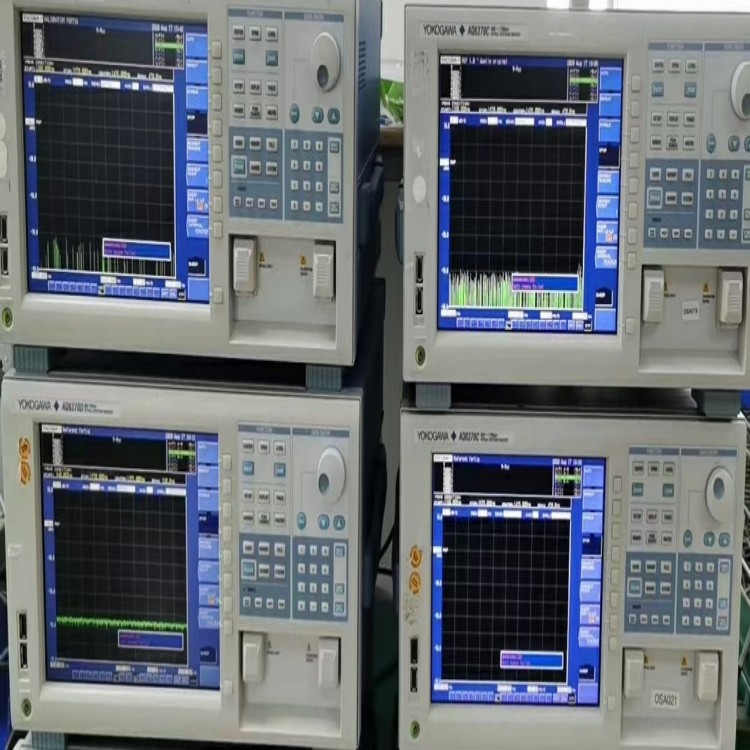
? TEC Output Power: 40W
? TEC Output Current: 5A
Features:
?Laser Diode Instrumentation Mainframe Controller
?(4) Fully Isolated Bays
?Advanced 16-Bit Technology
?GPIB and RS-232 Remote Interfacing
Four fully isolated bays accept a wide variety of modules. Many new laser diode applications, requiring multiple current sources and temperature controllers, are accommodated:
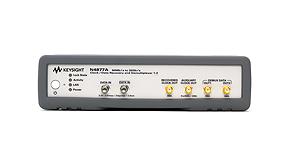
GPIB/IEEE-488 and RS-232C interfaces are included with the High-Density Laser Diode Controller Models for complete remote control and data collection.
Modules 8605.16C and 8610.16C:
The 8600C Series Combo LDD/TEC modules are designed for use in communication applications and have an internal function generator for testing systems. The user only needs to program the frequency, Imax, and Imin to modulate the laser diode output. Triangle, sine or square (50% duty cycle) waveforms are available from 200 Hz-300 kHz. This range of frequencies meets today's low frequency single-tone and high data rate test requirements for datacom and telecom.
Module 8350:
A 40 Watt Temperature Controller Module, the Model 8350, can meet your most demanding TE cooling needs. Complete characterization of ITE, VTE and the sensor input is possible, making the 8350 module ideal for complete characterization of telecom laser diodes.
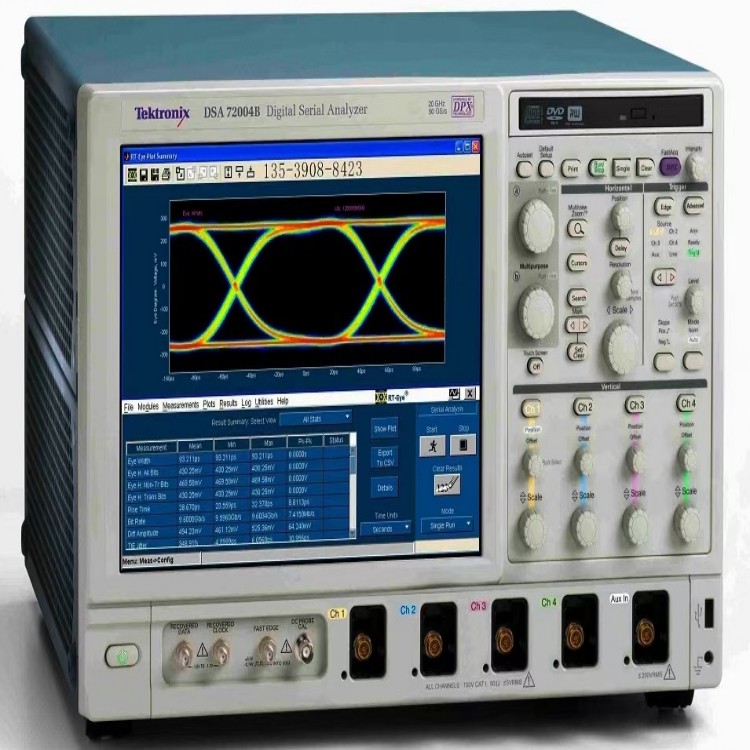
The Model 8000 mainframe automatically detects which module is located in each bay and displays the entire system configuration on the large LCD display. All you do is follow on-screen instructions to configure and operate the modular system.
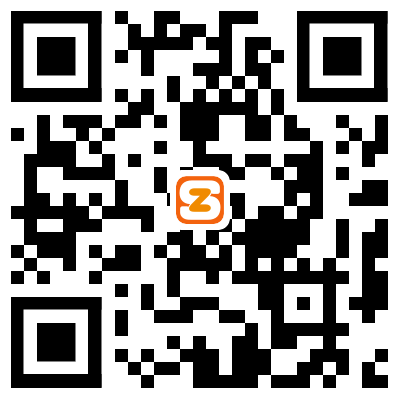

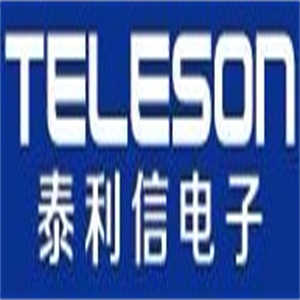

企業(yè)認(rèn)證 ·
廣東省深圳市
 店齡4年 ·
店齡4年 · 



